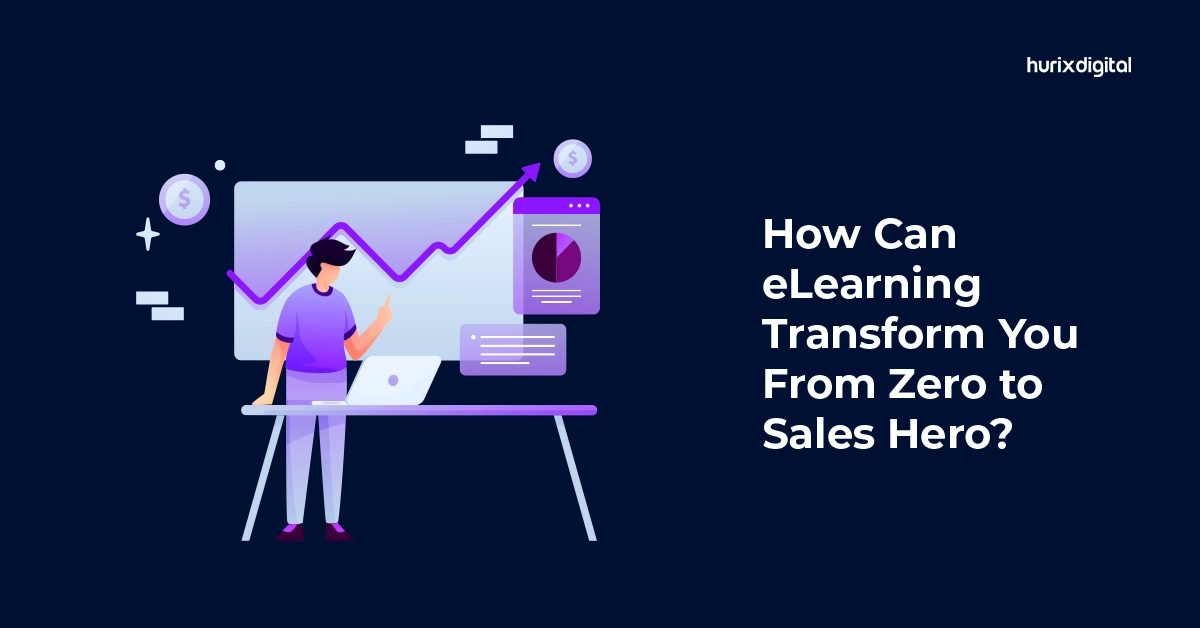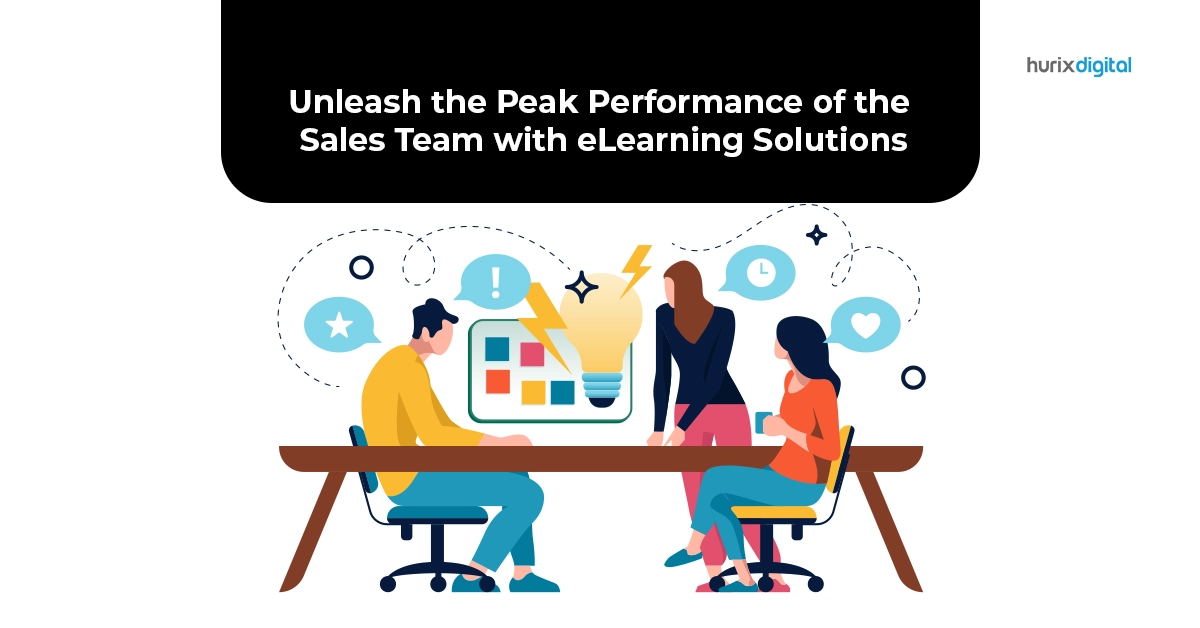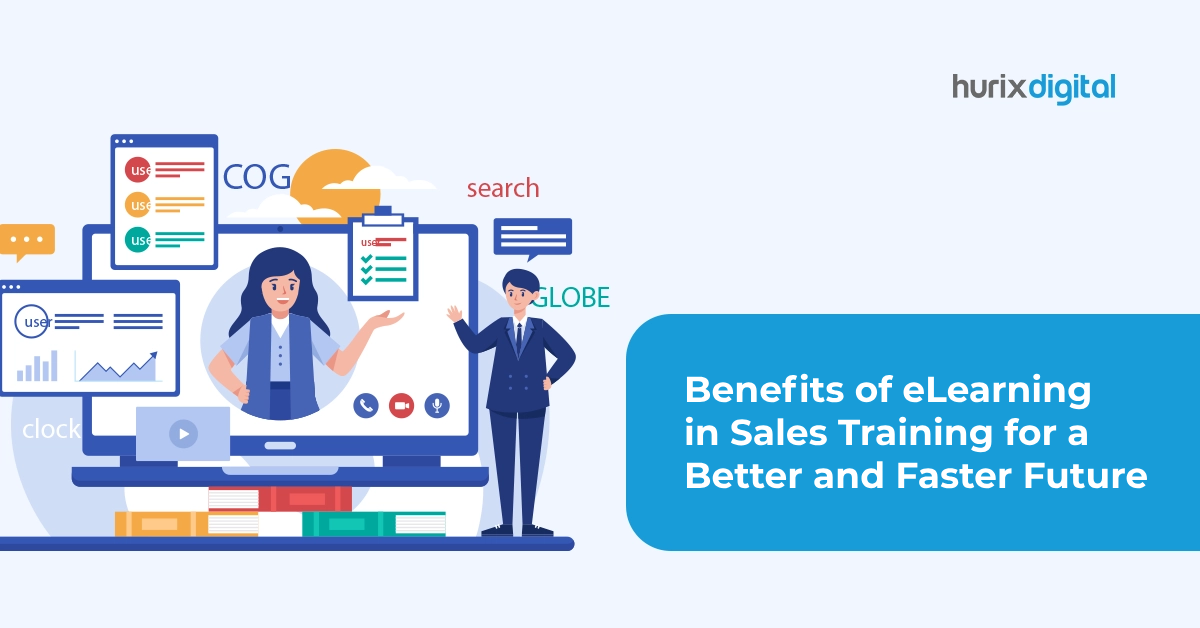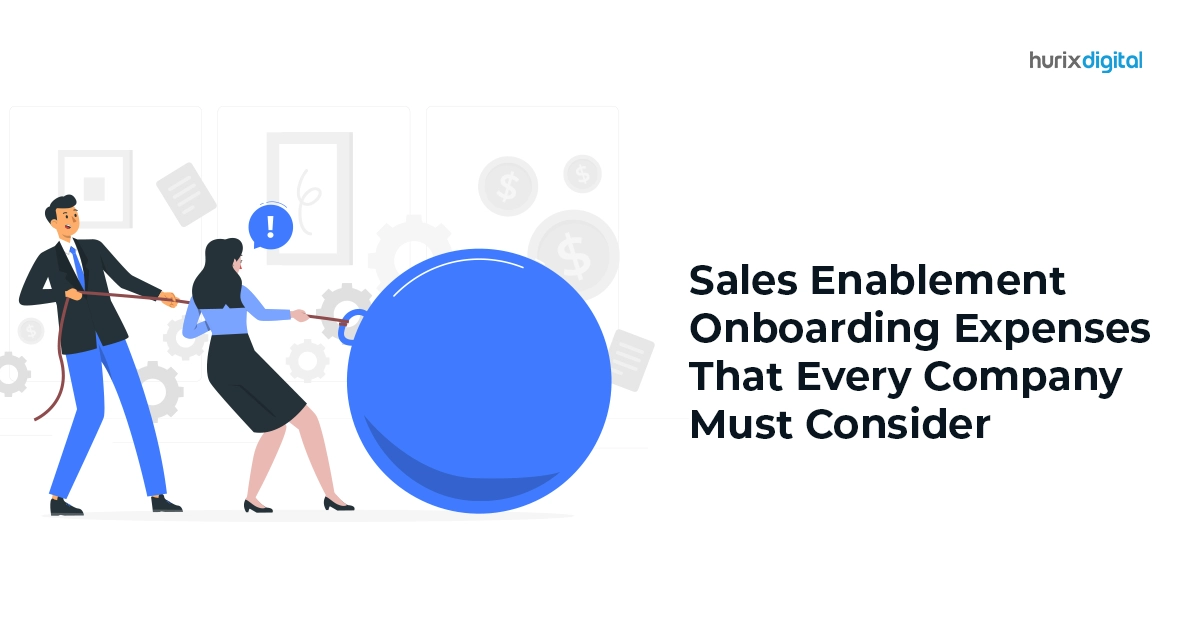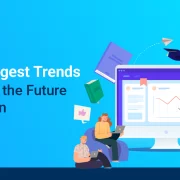
What is Sales Enablement? Five Best Practices for 2025!
This blog explores sales enablement and outlines key practices for effectively implementing it in your organization. Learn how to empower your sales team for better results.
Confused about what sales enablement is? You don’t need to worry as you are at the right place. From mastering excellent sales training programs to managing sales content like a pro, we’ve covered everything for you!
We’re all set to take you on an interesting ride of futuristic sales strategies, loaded with advanced AI-powered sales enablement tools for a successful 2025! Are you excited to begin? Stay with us!
Table of Contents:
- What is Sales Enablement?
- What is the Importance of Sales Enablement?
- What is the Impact of Sales Enablement?
- Key Metrics for Sales Enablement
- Significant Sales Enablement Metrics
- Role of Sales Enablement Metrics
- Sales Enablement: Five Best Practices to Adopt in 2025
- Future Sales Enablement Trends Through 2025
- Summing Up
What is Sales Enablement?
Sales enablement simply means using tools and building strategies and processes to empower sales teams to generate more sales. With this process, your organization can increase sales productivity and help drive growth in revenue.
It equips the sales team with vital resources, including knowledge, sales enablement tools, and convenience to engage successfully with prospects and customers. By enabling sales enablement for your organization, you can effectively unify your sales processes and create harmony between the sales team to fulfill business goals correctly.
Also Read: Sales Training Program Checklist: 6 Essential Ingredients to Include
Top Sales Enablement Features 2025
1. AI-Driven Insights
AI is used to scrutinize customer data to provide actionable insights for predicting buyer behavior and determining the most impactful content to be used. For example, AI can identify the perfect time to reach prospects considering historical interaction patterns.
2. Dynamic Content Management
This refers to the centralized hub where different sales content based on a variety of personas, stages, and industries can be accessed for customization. Sales reps can get on-demand access to such customized pitch decks or case studies.
3. Real-Time Analytics
Real-time dashboards track sales metrics like engagement rates, pipeline progress, and win rates to enable teams to adapt strategies more quickly. If content performance feedback arrives in real-time, it can inform reps what is working and what is not with clients.
4. Interactive Training and Coaching
Virtual training modules, gamified learning experiences, and AI-driven coaching improve skills and knowledge retention. Training becomes more engaging with multimedia-rich content, simulations, and bite-sized learning modules.
5. Omnichannel Integration
The integration of digital and traditional sales channels ensures a consistent buyer experience. Unified CRM platforms connect email, social media, and live chat data for cohesive communication.
6. Hyper-Personalization
Advanced analytics are used to customize content and communication strategies to individual prospects. For instance, automated emails that adjust tone and content based on the recipient’s preferences.
7. Advanced Automation
Workflow automation manages mundane activities such as email follow-ups, scheduling of meetings, and lead nurturing so that sales representatives can concentrate on relationship building.
What is the Importance of Sales Enablement?
Sales enablement is a crucial tool for powering up your sales team. Imagine it as a supercharge for their success, giving that extra push to their performance.
It encompasses vital techniques such as sales content management, sales training programs, sales enablement metrics, and AI-powered sales enablement that all work together to spearhead your sales growth.
- Sales content management involves organizing your sales resources and ensuring your team consistently has suitable tools available when needed.
- Sales training programs can help your sales team acquire the necessary skills to succeed. They cover all the essentials, from understanding the product to the art of making a sale.
- Sales enablement metrics let you assess the effectiveness of your sales strategies. They can measure deal size, the duration of the sales process, and success rates.
- Then, there’s AI-powered sales enablement. With AI, you can forecast customer behavior, customize your sales tactics, and automate tasks. All of this makes your sales process even more effective.
In this tech-savvy era, using sales enablement tools like software and platforms is uncompromising. These tools offer extra help, strengthen and smarten your team, assist in sales training, improve content management, and streamline the sales process.
What is the Impact of Sales Enablement?
Today, more than ever, sales enablement is vital for your business. This means using sales tools and training programs to help your sales team sell more effectively. This leads to more sales and better customer relationships.
- One way this helps your team is by boosting their productivity. By giving them access to good sales content management tools and training, you can help them do more work in less time.
- Good sales software can also help your sales team better understand and meet customer needs, resulting in happier customers who will continue to do business with you.
- Another important part of sales enablement is collecting and understanding sales data. This can help identify what’s working and what needs tweaking, leading to more business growth.
- Lastly, the latest AI technology can provide helpful tips and identify useful patterns in your sales data. This makes it easier for your sales team to make smart decisions based on solid facts.
Key Metrics for Sales Enablement
Let’s dive into something called sales enablement metrics.
- The very first metric is the sales cycle length. It just means how much time a customer takes to buy something.
- Then, there’s conversion rates. They are basically the number of people who might buy and end up buying.
- Last on our list is revenue attainment. It’s simply comparing the money you’ve earned with the money you hoped to earn.
Significant Sales Enablement Metrics
The following are the key metrics to track:
1. Sales Productivity
The productivity and efficiency of your sales team is measured through:
- Percentage of time sales reps spend on selling compared to administrative work.
- The number of deals each rep deals with
Greater productivity means that resources are being put to work on impactful activities.
2. Win Rate
The percentage of closed deals to the total opportunities through:
- Winning percentage across all sales opportunities.
- Performance by product, region, or industry.
A high win rate indicates enablement delivers on its intended goals to influence sales success.
3. Time to Close
The average time it takes to close a deal from initial contact to final agreement through:
- The average duration of the deal cycle.
- The amount of time spent in each of the sales funnel stages.
The shorter the closer, the more streamlined your processes and the more effective your enablement resources.
4. Sales Content Utilization
How frequently do reps engage with the enablement content that is available to them through:
- What percent of reps are using those particular assets?
- How often do customers interact with shared content?
High utilization indicates that the content is relevant to reps and customers.
5. Customer Retention Rate
Percent of customers that remain with a company over time through:
- Personal influence on customers’ staying power.
- Percent of customers lost in an interval.
Strong retention rates can be indicative of the successful enablement of customer relationships.
6. Training Effectiveness
The effectiveness of sales training on rep performance through
- Percentage of reps that have finished programs.
- Measures knowledge acquisition.
Shows ROI of enablement spend and which knowledge areas are lacking.
7. Lead Conversion Rate
The percentage of leads converted into opportunities or sales through:
- Number of conversions at each stage of the funnel.
- Conversion rates by each source.
This is a measure of the effect of enablement on the conversion and conversion rate of leads.
Role of Sales Enablement Metrics
Here, we will discuss the role of sales enablement metrics:
1. Track Progress
Sales enablement metrics are handy tools for tracking your ongoing sales activities. They provide clear-cut numerical values that showcase the real-time performance of your sales team.
Understanding these values can help you gauge your progress toward reaching your sales goals. Actionable steps include setting clear and measurable goals for your team, continuously evaluating performance, and incorporating improvements based on these metrics.
2. Boost Sales
AI-powered sales enablement is becoming increasingly important as we look to the future. AI can find patterns and guess how buyers will behave, making it easier for your sales team to close deals.
Here’s how you can use it: First, help your team learn AI technology. Next, start using AI-powered sales enablement tools. Finally, the system must always be monitored, and any changes must be made.
3. Equip and Educate with Sales Training Programs
Sales training programs are really important. They give your team the skills and know-how to make great sales.
Plus, ongoing training helps your team keep up with new trends and ways to sell. Don’t forget to make your training fit each person and team, update the training material often, and do good follow-up.
Sales Enablement: Five Best Practices to Adopt in 2025
Sales enablement promises remarkable transformations in the future. In 2025, we must ensure that your organization’s business strategies adapt to the ever-changing circumstances to build upon technological innovations.
Let’s look at some of the best practices for improving your sales enablement approaches.
1. Invest in Top-Notch Sales Enablement Tools
Advanced sales enablement tools are key to enhancing sales performance in 2025. These tools’ dynamic, AI-driven features can lead to significant efficiency gains.
Whether it be AI-powered sales enablement software for predictive analysis or inclusive sales enablement platforms that incorporate sales content management and training, investing in state-of-the-art technology is non-negotiable.
These tools streamline various processes, automate data analysis, and offer insights to help strategically close deals.
2. Empower with Robust Sales Training Programs
Use detailed sales training programs to ensure the best performance from your sales team. Regular training that includes continuous learning and improving skills ensures your sales team is always aware of the latest techniques. Use practice situations, workshops, online learning, and pretend sales to make training fun and useful.
3. Leverage Sales Enablement Metrics
Get ready to unlock the potential of sales enablement metrics! These indispensable gauges offer a clear outlook on success and shortcomings in your sales processes.
Monitoring key metrics such as lead response time, conversion rate, and customer interaction can help you adjust your tactics and boost your overall sales effectiveness.
4. Utilize AI-Powered Sales Enablement
Using AI-powered sales enablement tools can help you succeed. Artificial intelligence (AI) can quickly collect and understand data, saving work hours.
It can highlight tendencies and hidden patterns that are hard to spot. This fast learning gives you an advantage, allowing you to closely study your clients’ habits and cater to them individually.
5. Adopt a Sales Enablement Software
Enable your sales team with formidable sales enablement software. It should incorporate features like CRM, content management, and analytics to make the sales process seamless. Intuitive software can be a game-changer in ensuring your sales operations and processes keep pace with evolving trends.
Adapting these practices in the coming year will undoubtedly place your organization at the frontier of sales efficiency. Remember, having the right strategies and tools is equivalent to having a powerful engine that drives your sales team toward impeccable performance and growth.
Also Read: The Impact of eLearning in Corporate Training and Development
Future Sales Enablement Trends Through 2025
Sales enablement has been transforming as emerging trends disrupt strategies by 2025. Key areas of development include:
1. Artificial Intelligence and Data Analytics
Artificial intelligence is changing the face of sales enablement and brings insights into buyer behavior, personalized content delivery, and the automation of routine tasks. Organizations adopting AI have experienced up to 50 %-win rates and a 70% cost reduction.
2. Hyper-Personalization
Advanced analytics enable extremely customized buyer experiences known to increase engagement and conversion. It is sales interactions that speak to them on a personal level and establish trust and authenticity.
3. AI in Marketing
AI can read data and patterns to provide hyper-personalized advertisements where companies can understand customer buying habits and create content accordingly. These trends show how technologies and custom approaches can improve sales enablement practices by 2025.
Summing Up
As the market continues to evolve and grow more competitive in 2025, companies must stay ahead by leveraging the power of sales enablement.
This can easily be done by utilizing the immense potential to transform your sales process through strategic sales content management, robust sales training programs, and precision-driven sales enablement metrics. It’s where Hurix Digital comes into the picture.
Our team will help equip your sales team with our groundbreaking sales enablement training, which is infused with AI-powered sales enablement technology. This training will enhance your sales journey!

A highly enthusiastic and motivated sales professional with over twenty five years of experience in solution selling of training-related applications and services. Maintains an assertive and dynamic style that generates results. Ability to establish long-term relationships with clients built on trust, quality of service and strategic vision. Specializes in financial services, higher ed, publishing and government in the areas of learning and development.
